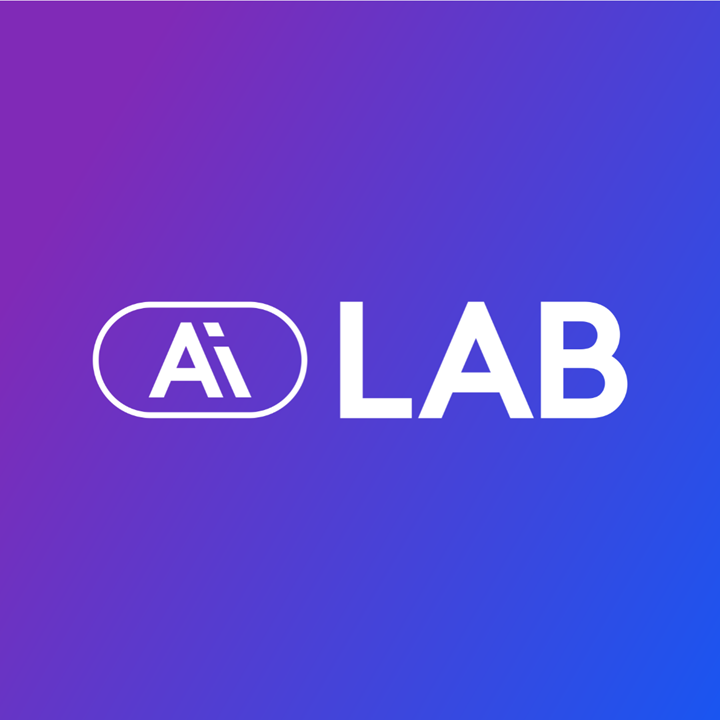Imagine a world where AI is more than a tool. It is your strategic partner, transforming marketing decision-making.
At Kantar, our proprietary AI models, built on validated IP and high-quality data, unlock the true value of your data. Ask a complex question and our AI springs into action, cross-referencing sources and expert frameworks to deliver clear, actionable answers.
We help you capitalise on data, empower teams to make smarter decisions at speed and scale, and continually explore new AI frontiers to drive brand growth. This is AI designed for brands - intelligent, validated, adaptive and built for success.
BrandDynamics is a daily brand performance tracker to help you monitor your brand and competitors in real-time.
Supercharged with Kantar’s proprietary Trend AI technology to cancel the ‘noise’ in the data that distorts short-term metric movements and lets customers see category trends without time lag.
BrandHealth is a continuous brand health intelligence system that acts and reacts to threats and opportunities. Leveraging Kantar’s Trend AI and MDS framework supercharged with ML.
BrandStructures uses advanced analytics and ML to identify associations and help you focus on those that are likely to help grow your brand.
BrandDigital uses AI to analyse millions of search data points to anticipate trends in your category and predict who or what will likely cause disruption.
Synthetic Sample Boosting offers more granular understanding of your brand performance among hard-to-reach or small groups that would have been difficult through traditional sampling methods.
KAiA, Kantar AI Assistant understands your brand growth needs and provides immediate answers to your questions in conversational, meaningful language. It connects Kantar intelligence to consumer marketing, brand, and sales data to give instant actionable insights that are easily understood and accessible anytime, anywhere.
Needscope AI decodes images, music, and videos based on their symbolic meaning, using a validated psychology-based framework. We help you differentiate your brand positioning and deliver a consistent experience across touchpoints.
GrowthFinderuses Kantar’s AI technology to segment by needs, attitudes, and behaviours to build a demand framework to tell the market's story. With GrowthFinder, you can put a value on each Demand Space segment in the framework to inform your portfolio strategy and investments. is a daily brand performance tracker to help you monitor your brand and competitors in real-time.
ConceptEvaluate AI leverages powerful, survey-trained AI to screen up to 100 early innovation concepts simultaneously, predicting in-market performance and unlocking new growth opportunities with unmatched speed and confidence.
TrendEvaluate harnesses AI-powered analysis of digital search data to uncover evolving consumer interests and intentions, helping you navigate shifting expectations and identify opportunities for meaningful innovations.
LINK AI reliably predicts an ad's in-market success in under 15 minutes without a consumer sample. Our advanced AI video processors extract every detail, from eye-catching visuals (pictures, objects, colours) to engaging audio (speech, sound effects) and even on-screen text. Then, state-of-the-art machine learning models analyse it all to predict your ad's effectiveness in record time.
LINK+ delivers razor-sharp insights tailored to your campaigns, whether you need a fast go/no-go call or in-depth guidance for early development— our powerful AI is behind our predictive key metrics for stronger ads that boost sales and brand value. Measure only what matters, optimise like a pro, and get results fast – all thanks to LINK+ unmatched flexibility.
LIFT ROI leverages Hamilton.AI to provide sound, unified metrics for marketing measurement and optimization. With intelligent automation, target a 10x-20x return on investment, guiding both strategic and tactical in-flight decisions across channels.
LIFT+ is a tech-driven optimisation tool that provides in-depth audience insights for your multichannel campaign.

Worldpanel Simulators use AI and ML to model and evaluate a range of 'what-if' scenarios to take the guesswork out of your major decisions.
By harnessing Kantar's unique behavioural data – from real shoppers over many years – we can help you identify which strategy is most likely to win.
Worldpanel Plus uses Shoppix, a proprietary smartphone app, where panellists can record their purchases and the motivations behind them in real-time. We use image processing and receipt decoding to join the dots on shopper behaviour across all trips, channels and industries - online and offline.

Client results
Read Kantar’s perspective on the issues that are shaping our industry…
AI's secret sauce
Explore the frontiers of what's possible
What measures are in place to ensure safe, ethical, and responsible use of AI and GenAI?
Kantar's Responsible AI ethics policy incorporates Kantar Business Principles and the latest relevant AI and data protection laws.Our approach ensures systems, data, and processes are protected against unauthorised access, misuse, and vulnerabilities. These principles also guide our use of AI and digital systems, promoting transparency, fairness, and accountability. This section outlines how we implement these measures to protect privacy, maintain compliance, and uphold trust across our global operations.
Data Protection Policy: Part of our Data Protection Framework, this policy outlines how we manage personal data, respond to incidents, and uphold individual rights.
Data Ethics and Integrity Policy: Ensures responsible data collection and use, supports quality assurance, and promotes purpose-driven insights.
Cyber Security for Users Policy: Provides guidelines for protecting Kantar systems and data, covering asset management, training, and compliance.
Responsible Use of AI Policy: Promotes ethical and legal AI use, with principles of transparency, fairness, accountability, and resilience.
Learn more https://www.kantar.com/campaigns/corporate-governance-and-trust-centre
What specific AI solutions does Kantar offer, and what are their unique features?
We have infused AI and GenAI across the marketing lifecycle to address our clients most pressing needs, resulting in several AI-first products that provide predictive and scaled analysis capabilities that only AI methodologies can provide. Some of our products are:Innovation: ConceptEvaluate AI predicts likely in market success of new ideas at scale, while TrendEvaluate uses the power of digital data to identify disruptive industry and consumer trends.
Creative: LINK AI predicts creative performance for new ads, allowing clients to test more of their advertising than ever before, from idea through to campaign launch.
Media: LIFT ROI allows clients to simulate and optimise media allocation and assess ROI of marketing efforts, uniquely measuring impact on short-term sales and long-term brand building.
Brand: BrandDynamics leverages TrendAI to predict and forecast brand KPIs, while NeedScope AI optimises emotive positioning and consistency of brand assets. The Kantar AI Assistant (KAiA) allows clients to query their brand tracking data (along with other sources) in real time through a chat interface.
Visit the different solution areas to find out more https://www.kantar.com/solutions
Can Synthetic Data replace real data?
No, it cannot replace real data. Synthetic data augments, not replaces, real data.It is a force multiplier, extending and amplifying insights where real data is limited (e.g., niche cohorts, privacy-sensitive contexts).
Synthetic Data cannot create authenticity from nothing and must be grounded in robust, recent human data. Learn more https://www.kantar.com/campaigns/A-definitive-guide-to-synthetic-data-boosting-in-brand-health-tracking
Who can I speak to about ad-hoc and custom applications of AI in market research?
The AI Lab is the centre of expertise for the development of AI technologies and products, embedding AI across Kantar’s portfolio and value chain and driving meaningful collaboration with partners and clients.Explore the frontiers of what's possible, get in touch with Kantar AI Lab to explore your needs, test and pilot together, and partner for success. Learn more https://www.kantar.com/campaigns/ilab








